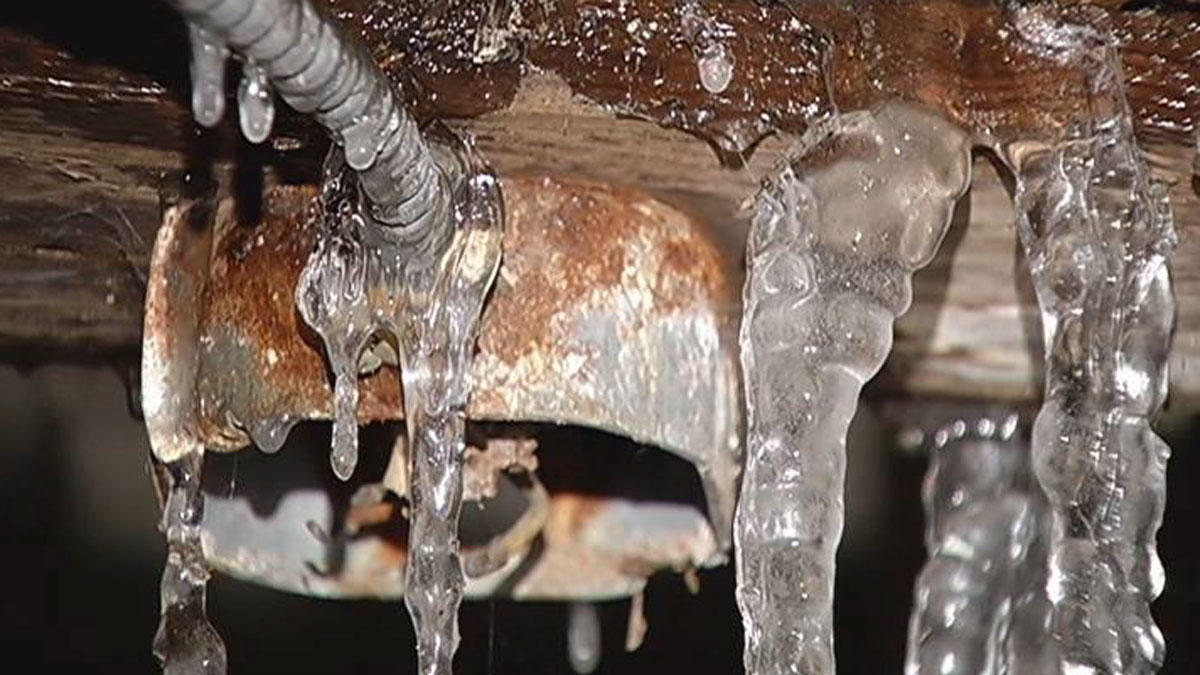Important Advice for Preventing Frozen Pipes in Winter Seasons
Important Advice for Preventing Frozen Pipes in Winter Seasons
Blog Article
How do you actually feel on the subject of Winter Plumbing Precautions: Preventing Frozen Pipes?

Cold weather can ruin your pipes, specifically by freezing pipelines. Right here's how to stop it from taking place and what to do if it does.
Introduction
As temperatures drop, the risk of icy pipelines rises, possibly bring about expensive repairs and water damage. Understanding exactly how to stop icy pipes is critical for home owners in cold climates.
Comprehending Frozen Pipelines
What causes pipes to ice up?
Pipes freeze when exposed to temperatures listed below 32 ° F (0 ° C) for prolonged periods. As water inside the pipes freezes, it increases, putting pressure on the pipeline walls and possibly causing them to burst.
Threats and damages
Frozen pipes can cause water disturbances, home damage, and expensive repair services. Burst pipelines can flooding homes and cause substantial structural damages.
Signs of Frozen Pipes
Recognizing frozen pipelines early can stop them from bursting.
Exactly how to determine frozen pipelines
Try to find reduced water flow from faucets, unusual odors or noises from pipelines, and visible frost on exposed pipes.
Prevention Tips
Shielding at risk pipelines
Wrap pipelines in insulation sleeves or make use of warmth tape to protect them from freezing temperatures. Concentrate on pipelines in unheated or external locations of the home.
Heating strategies
Maintain interior rooms properly heated up, especially areas with plumbing. Open up closet doors to enable warm air to flow around pipelines under sinks.
Shielding Outside Plumbing
Garden pipes and outside faucets
Disconnect and drain yard tubes before winter season. Install frost-proof faucets or cover outside taps with protected caps.
What to Do If Your Pipelines Freeze
Immediate activities to take
If you think frozen pipes, maintain taps available to relieve stress as the ice thaws. Use a hairdryer or towels soaked in warm water to thaw pipes gradually.
Long-Term Solutions
Architectural adjustments
Think about rerouting pipelines far from outside walls or unheated areas. Include added insulation to attics, cellars, and crawl spaces.
Upgrading insulation
Invest in premium insulation for pipes, attic rooms, and wall surfaces. Proper insulation aids keep consistent temperature levels and lowers the threat of frozen pipelines.
Conclusion
Stopping frozen pipes calls for proactive procedures and quick actions. By recognizing the causes, signs, and preventive measures, property owners can safeguard their plumbing during cold weather.
6 Proven Ways to Prevent Frozen Pipes and Protect Your Home
Disconnect and Drain Garden Hoses
Before winter arrives, start by disconnecting your garden hoses and draining any remaining water. Close the shut-off valves that supply outdoor hose bibs and leave the outdoor faucet open to allow any residual water to drain. For extra protection, consider using faucet covers throughout the colder months. It’s also important to drain water from any sprinkler supply lines following the manufacturer’s directions.
Insulate Exposed Pipes
Insulating your pipes is an effective way to prevent freezing. Pipe insulation is readily available at home improvement stores and is relatively inexpensive. Pay close attention to pipes in unheated areas such as the attic, basement, crawl spaces, or garage. Apply foam insulation generously to create a buffer against the cold. You can also wrap your pipes in heat tape or thermostat-controlled heat cables for added warmth.
Seal Air Leaks
Inspect your home for any cracks or openings that could let in cold air. Seal any holes around the piping in interior or exterior walls, as well as the sill plates where your home rests on its foundation. Additionally, make sure to keep your garage door closed unless you’re entering or exiting. Leaving it open creates a significant air leak that can lead to frozen pipes.
Allow Warm Air Circulation
During cold snaps, it’s essential to allow warm air to circulate evenly throughout your home. Leave interior doors ajar to promote better airflow. Open kitchen and bathroom cabinets to help distribute heat consistently around the rooms. If you have small children or pets, be sure to remove any household chemicals or potentially harmful cleaners from open cabinets for safety.
Let Faucets Drip
A small trickle of water can make a big difference in preventing ice formation inside your pipes. When temperatures drop significantly, start a drip of water from all faucets served by exposed pipes. This continuous flow helps prevent the water from freezing. Additionally, running a few faucets slightly can relieve pressure inside the pipes, reducing the chances of a rupture if the water inside does freeze.
https://choateshvac.com/6-proven-ways-to-prevent-frozen-pipes-and-protect-your-home/

We hope you enjoyed our part about How to prepare your home plumbing for winter weather. Thanks a ton for taking a few minutes to read our posting. Loved our blog entry? Please quickly share it. Help another person check it out. Thanks for going through it.
Request Estimate Report this page